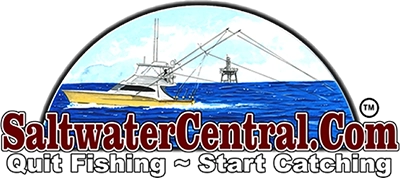NOAA TO HOLD FOURTH GOES-R USERS’ CONFERENCE The National Oceanic and Atmospheric Administration (NOAA) will hold the Fourth GOES-R Users’ Conference in Broomfield , Colorado , May 1-3, 2006 . The conference will help users of the Geostationary Operational Environmental Satellite, GOES-R, prepare for various applications of data and products from GOES-R. Attendees will also discuss how to acquire the data and how to improve NOAA/User communications. The conference will consist of speaker presentations, poster sessions, and facilitated breakout sessions. In the United States , GOES are a mainstay of weather and space weather forecasting, and ocean, climate and environmental hazards monitoring. GOES-R, the third generation of the GOES series, will provide new data from the geostationary perspective unlike anything seen before in the history of Earth observations; this new GOES will scan the Earth nearly five times faster than the current GOES imager, at four times the spatial resolution. GOES-R, slated to be launch-ready in late 2012, will provide critical atmospheric, oceanic, climatic, solar, and space data. Current plans call for the satellite to house an advanced imager, a lightning mapper, a solar imager and space environment monitor, and a hyper-spectral environmental suite with the capability for advanced atmospheric sounding and coastal waters imaging. These new satellites will also provide the user community (television meteorologists, private weather companies, aviation and agriculture communities, and national and international government agencies) with significantly more data, containing noteworthy improvements in temporal and spatial resolutions over data currently provided. “Advanced planning is taking place for the development of the future GOES,” said NOAA’s James Gurka, who is organizing the conference. “Now is the time for the user community to assist NOAA in fine-tuning the details of GOES requirements, products, communications, and distribution of data. We are ensuring that users will be ready for GOES-R.” The Fourth GOES-R Users’ Conference is sponsored by NOAA in cooperation with the American Meteorological Society, the National Weather Association, and the National Institute of Standards and Technology. For more information and to register, please visit, http://www.osd.noaa.gov/announcement/index.htm NOAA TO HOLD FOURTH GOES-R USERS’ CONFERENCE The National Oceanic and Atmospheric Administration (NOAA) will hold the Fourth GOES-R Users’ Conference in Broomfield , Colorado , May 1-3, 2006 . The conference will help users of the Geostationary Operational Environmental Satellite, GOES-R, prepare for various applications of data and products from GOES-R. Attendees will also discuss how to acquire the data and how to improve NOAA/User communications. The conference will consist of speaker presentations, poster sessions, and facilitated breakout sessions. In the United States , GOES are a mainstay of weather and space weather forecasting, and ocean, climate and environmental hazards monitoring. GOES-R, the third generation of the GOES series, will provide new data from the geostationary perspective unlike anything seen before in the history of Earth observations; this new GOES will scan the Earth nearly five times faster than the current GOES imager, at four times the spatial resolution. GOES-R, slated to be launch-ready in late 2012, will provide critical atmospheric, oceanic, climatic, solar, and space data. Current plans call for the satellite to house an advanced imager, a lightning mapper, a solar imager and space environment monitor, and a hyper-spectral environmental suite with the capability for advanced atmospheric sounding and coastal waters imaging. These new satellites will also provide the user community (television meteorologists, private weather companies, aviation and agriculture communities, and national and international government agencies) with significantly more data, containing noteworthy improvements in temporal and spatial resolutions over data currently provided. “Advanced planning is taking place for the development of the future GOES,” said NOAA’s James Gurka, who is organizing the conference. “Now is the time for the user community to assist NOAA in fine-tuning the details of GOES requirements, products, communications, and distribution of data. We are ensuring that users will be ready for GOES-R.” The Fourth GOES-R Users’ Conference is sponsored by NOAA in cooperation with the American Meteorological Society, the National Weather Association, and the National Institute of Standards and Technology. For more information and to register, please visit, http://www.osd.noaa.gov/announcement/index.htm

